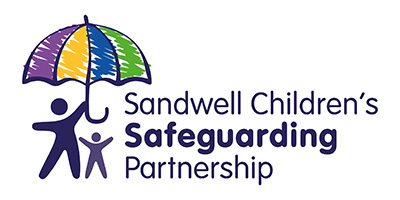Trafficking
The trafficking of children simply means the movement of a child for the purposes of exploitation. This movement could be from one country to another, one county to another even one room to another. Harbouring a child for the purposes of exploitation is also considered trafficking, for example, making a child be a domestic slave in their own home. Any child moved for exploitation is considered to be a trafficking victim (whether or not they have been deceived) because it is not considered possible for children to give informed consent to their own exploitation. Trafficking of children can be external (in and out of the UK) or internal (within the UK).
Children are trafficked for:
- Sexual exploitation
- Benefit fraud
- Forced marriage
- Domestic slavery like cleaning, cooking and childcare
- Forced labour in factories or agriculture
- Committing crimes, like begging, theft, working on cannabis farms or moving drugs.
Children may be alone/unaccompanied or part of a sibling, family or community group. They could be trafficked by their parents, foster parents, adoptive parents, siblings, communities or by complete strangers. Child trafficking is often multi-faceted and therefore children may experience more than one exploitation type, for example, labour exploitation by day and sexual exploitation by night.
Tyes of child trafficking
Traffickers often groom children, families and communities to gain their trust. They may also threaten families with violence or threats. Traffickers often promise children and families that they’ll have a better future elsewhere. Trafficking is also an economic crime. Traffickers may ask families for money for providing documents or transport and they’ll make a profit from money a child “earns” through exploitation, forced labour or crime. They’ll often be told this money is to pay off a debt they or their family “owe” to the traffickers.
Traffickers may:
- Work alone or in small groups, recruiting a small number of children, often from areas they know and live in.
- Be medium-sized groups who recruit, move and exploit children and young people on a small scale.
- Be large criminal networks that operate internationally with high-level corruption, money laundering and a large numbers of victims.
Signs of child trafficking
Knowing the signs of trafficking can help give a voice to children. Sometimes children won’t understand that what’s happening to them is wrong. Or they might be scared to speak out. It may not be obvious that a child has been trafficked but you might notice unusual or unexpected things.
They might:
- Spend a lot of time doing household chores
- Rarely leave their house or have no time for playing
- Be orphaned or living apart from their family
- Live in low-standard accommodation
- Be unsure which country, city or town they’re in
- Can’t or are reluctant to share personal information or where they live
- Not be registered with a school or a GP practice
- Have no access to their parents or guardians
- Be seen in inappropriate places like brothels or factories
- Have money or things you wouldn’t’t expect them to
- Have injuries from workplace accidents
- Give a prepared story which is very similar to stories given by other children.
Who’s at risk **Any child is at risk of child trafficking**
Human trafficking happens due to:
- Inequalities between countries, such as different education or employment opportunities
- Poverty
- The effects of war
- The demand for cheap or free labour or a workforce who can be easily controlled and forced into criminal activity
- Low levels of education
- Lack of equal opportunities, discrimination or marginalisation
Useful Links
